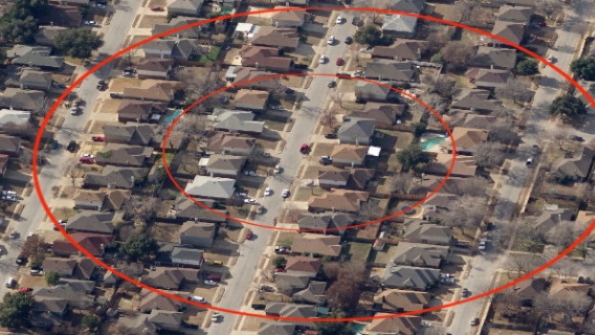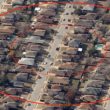In PSAPs, the small things often are the most challenging
What is in this article?
In PSAPs, the small things often are the most challenging
Public-safety answering points (PSAPs) are complex, high-tech environments where many elements come together to enable effective operations. Technology usually is the first thing that comes to mind in terms of keeping things running smoothly in a PSAP: equipment, networks, hardware and software. But while these are important factors, they aren’t the whole story. Sometimes small things can make big differences in PSAPS.
The phrase “seconds count” applies in many ways and at many levels. Call volumes and types, the information that arrives with calls, and the time it takes to process calls all represent areas of concern. Moreover, the nuances of new technology can influence the way calls flow through PSAPs. When we look at our ability to get callers to a source of assistance promptly, it often is the small things that challenge us the most.
One of the first and most persistent examples of small things that have significant impact falls into the general category of “Abandoned Calls.” An abandoned call may have been generated by a caller in need of assistance who could not remain on the line, or it may have been generated by a misbehaving piece of technology. Regardless, these types of calls pose performance and procedural challenges for PSAPs. For instance, it takes longer to process an abandoned call. Depending on local procedures, a call-taker may need an additional 60 to 120 seconds to deal with a call of this type. Most of our PSAPs report that 6% to 10% of their calls are abandoned calls. There are 48 PSAPS in our district, so it is estimated that we collectively experience more than 15,000 abandoned calls per month, or about 200,000 per year.
Any factor that increases the number of abandoned calls is of concern to PSAPs. For example, when call volumes push the limits of a PSAP’s processing capability, the result usually is an increase in hang-up calls. In other words, what was already a problem develops into a bigger problem. More than three rings on a 911 line usually causes the caller to hang up and call back. When automatic call distribution (ACD) queues begin to build and wait times increase, people hang up and call back. A multiplying effect results that strangles PSAP performance and actually puts callers at risk.
Technology sometimes is to blame when abandoned calls occur. Random-dialing cordless phones were once the culprits when their batteries ran low. Also, assembly lines that refurbish wireless devices sometimes generate calls that resemble abandoned calls. Some of our PSAPs have logged more than 700 calls on a single shift that were attributed to refurbished phones dialing 911.
As technology develops and evolves, PSAPS carefully watch for new trends or new developments that might influence the number of abandoned calls that they experience. The ultimate impact is on their overall performance and their staffing formulas. It’s a delicate dance and one that has the attention of most PSAP managers—or should.







